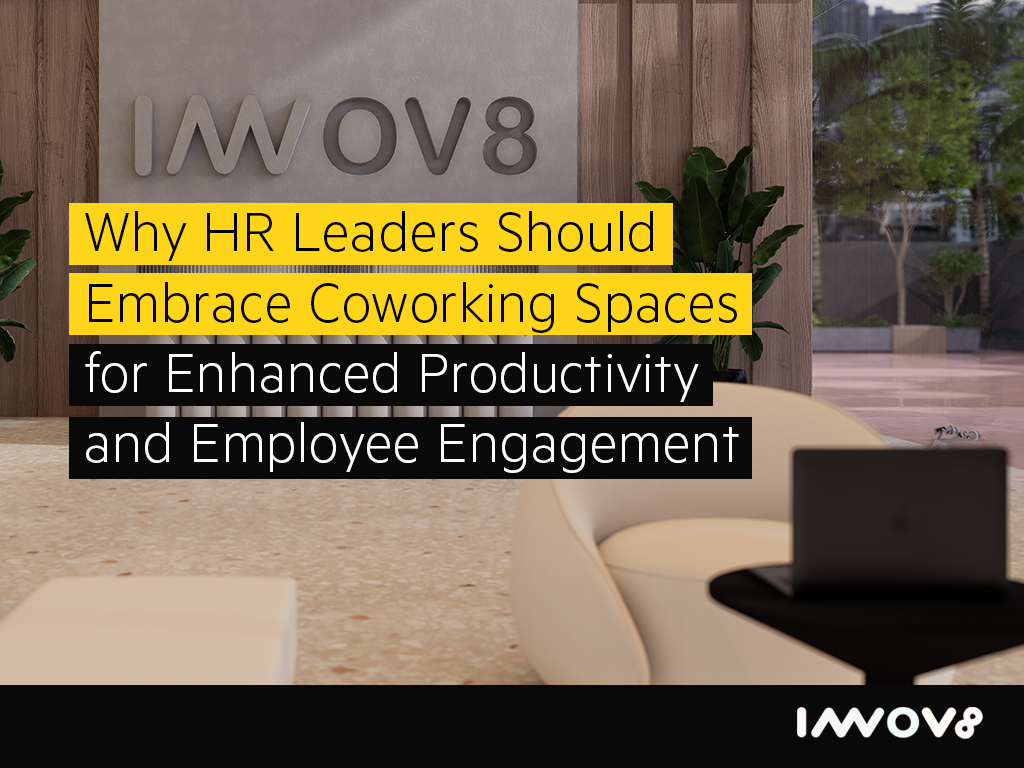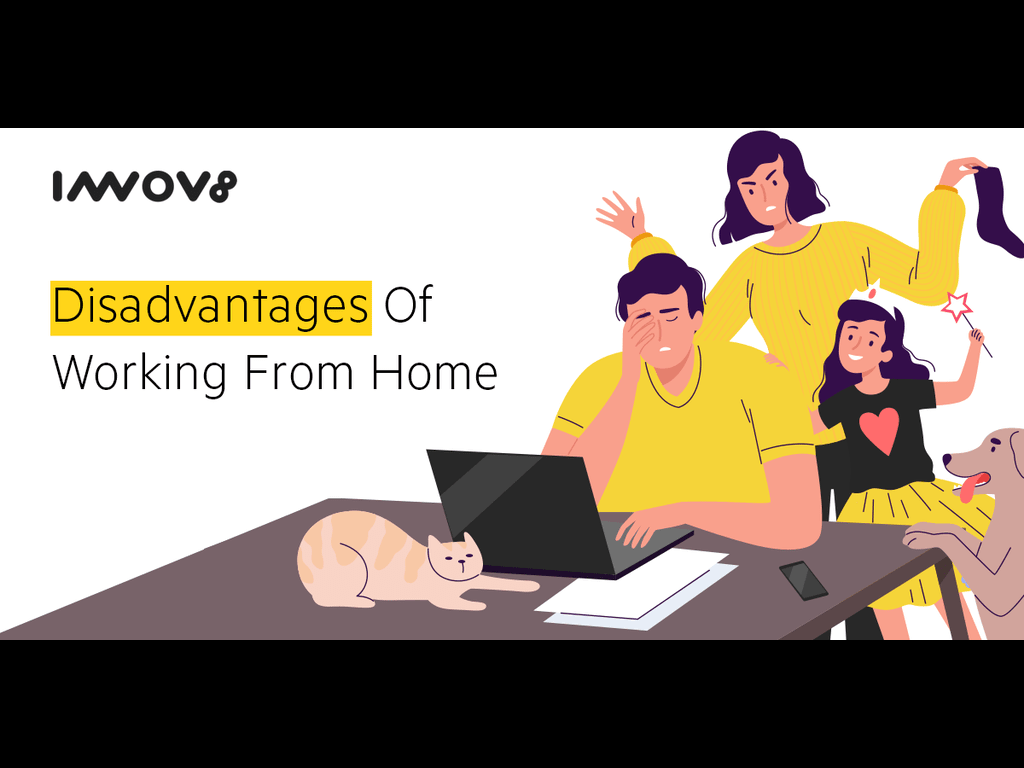For HR leaders, coworking spaces are an opportunity to align work environments with employee expectations. By incorporating coworking spaces for teams into their strategy, HR professionals can drive innovation, reduce burnout and create a culture of inclusivity and engagement.
Let’s find out why HR and coworking are a match made in heaven and how these spaces can change employee experiences.
The Changing Face of the Workplace
The workplace is no longer a cubicle or traditional office. Today’s employees want environments that foster creativity, flexibility and collaboration. This is driven by:
- Hybrid Work Models: Employees split their time between working from home and the office.
- Flexibility: Professionals want to choose where and how they work.
- Well-being: Reducing commute stress and providing comfortable spaces improve mental health and productivity.
In this context, corporate coworking space solutions are perfectly placed to support businesses and their employees.
How Coworking Spaces Boost Productivity
One of the biggest benefits of coworking spaces is productivity. Employees thrive in environments designed to focus, collaborate and innovate.
1. Dynamic Work Settings
Coworking spaces have multiple work settings, quiet zones for deep focus and collaborative areas for team meetings. This variety allows employees to choose the right space for the task and be more efficient.
2. Commute Stress Reduction
By providing coworking spaces for teams near where employees live, HR leaders can reduce the stress and time spent commuting. This equals more energy and focus during work hours.
3. Access to Resources
Coworking spaces have all the amenities, high-speed internet, video conferencing tools and ergonomic furniture so employees have everything they need to perform at their best.
4. Breakout Spaces for Creativity
Dedicated areas for brainstorming or relaxation allow employees to recharge and approach tasks with renewed energy. These spaces improve creativity and problem solving.
Employee Engagement in Coworking Spaces
Engaged employees are more productive, loyal and motivated. Employee engagement in coworking spaces is amplified by the unique opportunities these spaces offer.
1. Networking
Coworking spaces bring together professionals from different industries, cross-functional collaboration and knowledge sharing. Employees get to see new ideas and perspectives.
2. Team Building
Many coworking spaces host events, workshops and social activities that foster teamwork among employees. HR leaders can leverage these to strengthen workplace bonds.
3. Sense of Belonging
Unlike isolated remote work setups, coworking spaces provide a community driven environment where employees feel part of a larger network. This sense of belonging boosts morale and engagement.
4. Personalized Spaces
The ability to choose work settings that suit individual preferences makes employees feel valued and supported, overall experience improves.
Benefits for HR Professionals
For HR leaders, coworking spaces are more than just flexible work environments—they are strategic tools to solve organizational challenges.
1. Higher Retention Rates
Providing employees with access to flexible office solutions for HR shows commitment to their well-being and work-life balance. This leads to higher job satisfaction and turnover reduction.
2. Better Recruitment Strategies
Coworking spaces are attractive to top talent, especially millennials and Gen Z who value flexibility and creativity in the workplace. Offering access to these spaces can be a differentiator in recruitment.
3. Cost Effective
Instead of investing in expensive office leases, businesses can use remote work solutions for HR through coworking spaces. This allows for scalability while keeping costs under control.
4. Support for Hybrid Work Models
Coworking spaces enable HR leaders to implement hybrid work policies seamlessly. Employees can work from coworking spaces on designated days, collaboration and face-to-face interactions without needing a full-time office.
5. Better Employer Branding
Using HR and flexible workspaces shows the company is forward thinking and employee centric, improves reputation as an employer.
Coworking Space Features for Teams
Coworking spaces offer many features that make them perfect for team collaboration and employee engagement.
1. Meeting Rooms
Equipped with modern technology, these spaces cater to meetings of all sizes, one-on-one to large team sessions.
2. High-Speed Internet
Reliable connectivity for remote teams and virtual collaborations. Many coworking spaces have wellness focused facilities like yoga rooms, gyms or quiet zones for mindfulness, employee well-being.
4. Community Events
Workshops, networking events and skill-building sessions for learning and connection.
5. Flexible Membership Plans
Daily passes to long term memberships, coworking spaces have solutions for different business needs.
Real-Life Examples of HR Success with Coworking
Several organizations have adopted coworking spaces for productivity to achieve:
- Tech Startups: By using coworking spaces, startups have been able to attract top talent, reduce overhead costs and drive innovation in collaborative environments.
- Global Enterprises: Large corporations use coworking spaces to support remote teams in different cities, consistency in operations and culture.
- Creative Agencies: These agencies thrive in coworking environments that inspire creativity and have access to state-of-the-art tools.
These examples show how coworking space advantages for HR translate into tangible benefits for businesses.
Best Practices for HR Leaders to Adopt Coworking Spaces
To get the most out of coworking spaces, HR leaders should:
- Understand Employee Needs: Conduct surveys to know what employees value most in a workspace and align coworking solutions accordingly.
- Leverage Technology: Use tools to track workspace utilization, book meetings and measure employee engagement.
- Create Policies for Hybrid Work: Clearly define how and when employees can use coworking spaces to ensure smooth implementation.
- Promote Community Engagement: Encourage employees to participate in coworking events and activities to build connections.
- Measure ROI: Regularly evaluate the impact of coworking spaces on productivity, retention and employee satisfaction.
By following these best practices, HR leaders can maximize the value of corporate coworking space solutions.
The Future of Coworking Spaces in HR Strategies
As the workplace evolves, coworking spaces will play an even bigger role in HR strategies. Future trends include:
- Customized Coworking: Spaces for specific industries or team needs.
- AI powered Workspaces: Smart tools to personalize employee experience and optimize resource usage.
- Sustainability: Green coworking spaces that align with corporate social responsibility goals.
- Global Access: Networks of coworking spaces in multiple cities, employees can work from anywhere.These will cement coworking spaces as part of modern HR practices.
Conclusion
Coworking spaces are workplaces that fit today’s workforce. For HR leaders, using flexible office solutions for HR is a way to boost productivity, engagement and innovation.
By using coworking spaces for teams, HR professionals can create workplaces that attract and retain top talent, reduce cost and adapt to hybrid work. Whether it’s reducing commute stress, encouraging collaboration or offering wellness focused amenities, coworking spaces is a holistic solution to modern workplace challenges.


